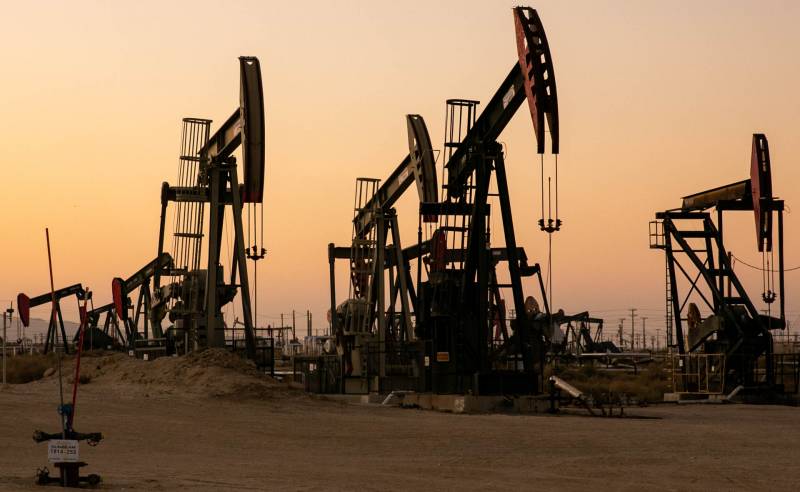The state's Division of Oil, Gas and Geothermal Resources stopped issuing new permits for the technique and planned to have experts from Lawrence Livermore and Sandia national laboratories study conditions in the Cymric field west of Bakersfield, where massive amounts of oil and water have flowed to the surface since 2003.
The moratorium has led state officials to place on hold 58 permit applications for high-pressure cyclic steam wells, according to Don Drysdale, a spokesman for the Department of Conservation, which oversees the division now known as he California Geologic Energy Management Division, or CalGEM.
A Southern California lawmaker who has launched an inquiry into the steam injection wells said CalGEM's new rules don't go far enough.
"I don't think it's going to be enough to actually ensure there's public safety and environmental protection going forward," said Henry Stern, D-Ventura, chairman of the Senate Natural Resources and Water Committee, in an interview.
"We need to do better," Stern said. "We're going to have to take a look at all the permits we've got out there for the entire oil sector."
On Monday, Stern's panel will join with its Assembly counterpart to hold a joint oversight hearing that will focus on the Kern County crude petroleum releases and consider the safety and sustainability of oil extraction practices throughout California's oil fields.
Among those scheduled to appear at the hearing are Wade Crowfoot, California's Secretary of Natural Resources, who has called the spills "a crisis of oil leaks"; representatives from Chevron and the Western States Petroleum Association; and a Kern County-based environmental group, the Center on Race, Poverty and the Environment.

